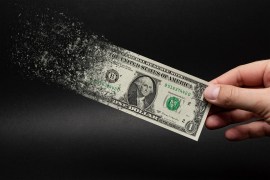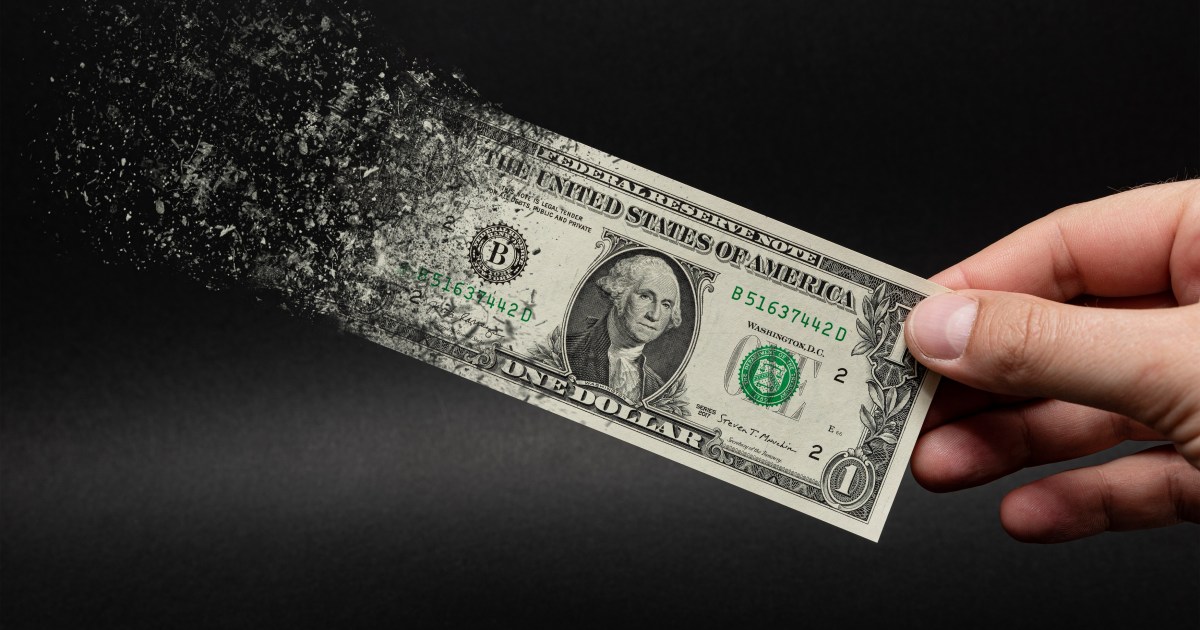
Just after the Bureau of Labor Statistics released its May Consumer Price Index (CPI) report, Brookings convened an expert panel of economists to discuss the new data. Wendy Edelberg (The Hamilton Project), Jason Furman (Harvard Kennedy School), Justin Wolfers (University of Michigan), and David Wessel (Hutchins Center on Fiscal and Monetary Policy) offered their perspectives, summarized here in five key takeaways. Listen to the full discussion on Twitter.
1. Inflation is still picking up pace, and it may last
“I think the headline numbers in this report are dreadful,” said Furman, opening the conversation with a sentiment that all of our experts agreed with.
In addition to the headline numbers, he continued on to say that the monthly numbers were also cause for concern. “The media focuses on the 12-month change, there’s some good reasons to look at that: That’s 8.6 percent overall, 6.0 for core. I look at the monthly numbers, and in particular the monthly core number was an 8 percent annual rate if inflation went at this pace. So that’s actually a pickup in the pace of inflation that we’ve seen. Some of that was very special factors, but some of it, like shelter, is much more persistent and likely to last.”
2. The increase in services inflation may signal a positive normalization of the economy… or not.
The increasing importance of services in inflation represent a potential shift, according to Edelberg. “If I look at the three-month inflation rate, it’s very clear that core goods inflation was just through the roof in the second half of 2021 and at beginning of 2022, and it has come down since then as people have pivoted away from buying goods. Now, that’s good news because it suggests that there might be a pivot where the economy is normalizing a little bit, but then of course the bad news is where we’re really seeing inflation is in the services sector. But the pivot itself I think is good news if it means we’re starting to normalize.”
On the other hand, Furman said this development makes him even more nervous. “Last year, goods inflation was incredibly high, services inflation was surprisingly low, and the net effect was high inflation. So there was a story that was told that as the pandemic’s behavioral impact eases, as people shift back from goods to services, as people return to the labor force, as things normalize, inflation will go away. Well, all of those things are basically happening, sort of roughly according to plan. Goods inflation is falling, but now service inflation is picking up. So the fact that we’re seeing the normalization, and core inflation, which was running at 7 percent last year and is running at six and half percent now over the last three months, has barely changed, I think should make us very nervous.”
“So the Fed has work to do, but it’s not quite the crisis you’re going to see in 72-point font in the morning.”
3. Inflation isn’t just about prices
While May’s CPI numbers are disheartening for those who had hoped inflation would continue slowing down, Wolfers noted that there is more to the medium- and long-run inflation picture than just prices. “I think there’s no getting around the fact that this is bad news this morning,” he said. “The more important thing is actually to step back and add a little bit of context … We care about what inflation is going to be going forward, and that reflects a whole pastiche of different influences.” For one, Wolfers noted higher wage pressure hasn’t proven to be a major factor in recent inflation. “The wage numbers, which, really we do think of as the important medium-run driver of inflation, aren’t that threatening, but the price numbers really are kind of miserable. So how those two end up getting squared is an open question.”
Furman agreed: “If you want to forecast inflation, you don’t just want to take the CPI report, and look at these numbers and figure out the past way to extrapolate them forward, there’s a lot of other things and a lot of other data we know about the economy. I think that data, taken as a totality, says the underlying inflation rate may be around 4 percent, rather than the 8 percent headline CPI we’ve had over the last year.”
Agreeing with Furman’s 4 percent estimate of underlying inflation, Wolfer’s noted that, “I agree that that’s worrying, but it’s dramatically different than the headlines you’re going to read tomorrow. So the Fed has work to do, but it’s not quite the crisis you’re going to see in 72-point font in the morning.”
4. Fiscal and monetary policymakers are doing what they’re supposed to do
“One of the places where there’s a little bit of good news here is that one sector where monetary policy is particularly effective is in the housing sector,” said Edelberg. “Think about the channel of, you know, you raise mortgage rates and that’s going to slow demand for people purchasing homes. Because that’s one of the significant places where we’re seeing inflationary pressure, we can expect, it’s not going to happen instantaneously, but we can expect that monetary policy is going to help bring down shelter inflation. So monetary policymakers are doing what they’re supposed to do.”
In terms of fiscal policy, there are a number of things the government has done with some benefits, from easing supply chain constraints to releasing oil reserves, but according to Edelberg, letting the fiscal policy support from last year abate is the most important thing that fiscal policymakers can do right now.
Furman agreed that the government is on the right track. “The most important thing the president has done is appoint good people to the Fed and give them space to do their job … They are acting very aggressively, I think the place where there is room for them to improve is that if I’m right, that this inflation is going to persist this way into next year, they’re going to need to keep raising rates next year as well and they need to do a better job preparing us.”
5. High prices will hurt incumbents in the fall election, even prices they can’t control
“It’s pretty obvious it’s not good for the incumbents, that’s basically my bottom line,” said Wessel.
High gas prices should be of particular concern to incumbent candidates, noted Furman: “And that’s a really unfortunate irony, because of all the prices in this report, the one that the president and domestic U.S. economic policy have the least to do with is gasoline prices, and those are far and away the most salient politically.”
Wolfers added that high food prices are similarly salient, and the importance of these goods to households will yield additional political and economic consequences. “The perceived inflation is probably dramatically worse than the reality. That’s not to say, ‘Hey, don’t worry about it,’ it’s actually a reason to worry even more because that can cause inflation expectations to rise and cause the next round of inflation. So we’re in a particularly unlucky moment, we not only have inflation, we’ve got the wrong kinds of inflation from some perspectives.”
In closing, Wolfers noted that history tells us that while from year to year prices might outpace wages and painfully reduce purchasing power, the inflation rate does not determine over the medium run what real wages will be. “So there may be a year or two of pain, but one day, somehow, the experience is that your wages are going to catch up,” he said. “So the pain is real, but it’s short run.”
To hear more from these experts on housing inflation, long-run inflation expectations, the potential for recession in the coming years, and more, listen to the full discussion here.
The Brookings Institution is financed through the support of a diverse array of foundations, corporations, governments, individuals, as well as an endowment. A list of donors can be found in our annual reports published online here. The findings, interpretations, and conclusions in this report are solely those of its author(s) and are not influenced by any donation.


